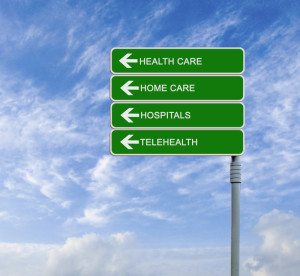A year ago this week a small number of Minneapolis residents witnessed the death of George Floyd. Within days, the world knew what had happened and responded. There were mass protests in cities across the country and the world.
across the country and the world.
It was a time to reflect as companies across the country looked internally at their own practices and culture. Many started programs focused on Equity, Diversity, and Inclusion (EDI). Those with programs already in place revisited and strengthened them. At Boston Children’s Hospital where I am currently serving as interim CIO, they reaffirmed their commitment. This past week, Dr. Kevin Churchwell, President and CEO, sent a note to all staff outlining some of the work that has been done in the past year in support of their six core EDI commitments with the subject: “One Year after George Floyd’s death, our work continues…..”
The core commitments are:
Goal 1: We will be truly inclusive.
Goal 2: Our team will be as diverse as the patients and families we care for.
Goal 3: We will eliminate racism from our processes, practices, and guidelines.
Goal 4: We will continue to educate ourselves to be an inclusive working environment.
Goal 5: We will work to eliminate health disparities in our community and across the nation.
Goal 6: We will develop and use metrics to continually improve our performance in equity, diversity, and inclusivity.
As Dr. Churchwell said in his message, “George Floyd’s name became a rallying cry for millions and yet another compelling reason to discuss tensions around racism and social injustice. One man’s life became a symbol of so many lives lost needlessly. Disparities and inequities long considered to be “part of the system” became impossible to ignore. Here at Boston Children’s, we took a hard look at ourselves, and we realized that we need to be part of the solution to these important issues.”
Many of you or your CIO may be members of CHIME. In 2020, I joined the CHIME Diversity and Inclusion Committee which was established in early 2019. Continue reading









